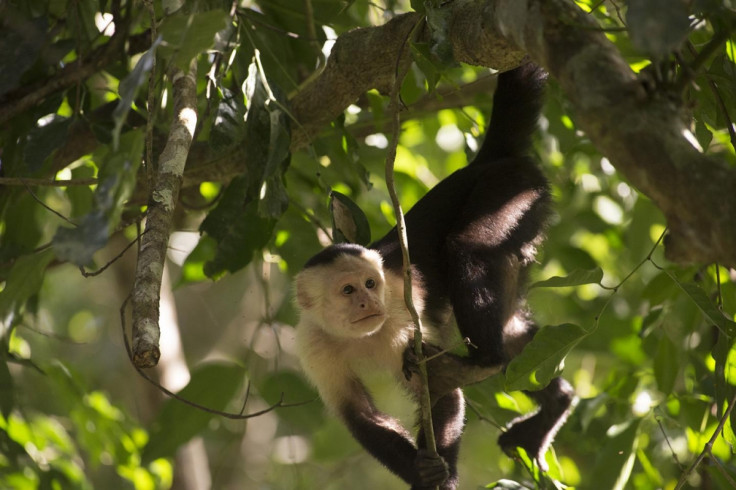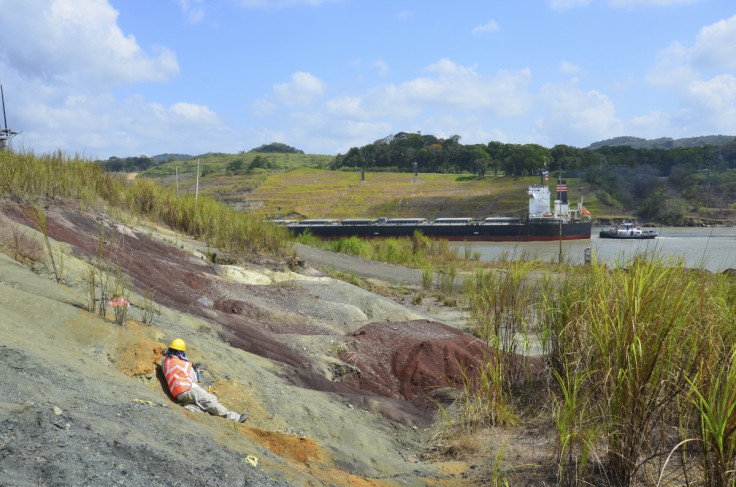Ancient monkey teeth in Panama Canal mark first species to enter North America

Seven fossilised monkey teeth have been discovered, during a project to expand the Panama Canal, with the fossils dating back 21 million years ago. The find suggests that monkeys moved from South America to North America 17.5 million years earlier than was previously thought.
New World monkeys originate from South America. Previously, scientists had believed they only arrived in North America after a land bridge, formed 3.5 million years ago, connected South and North America. This bridge – known as the Isthmus of Panama – provided them with the first 'path' into North America. Until now, no fossil evidence had previously been found to suggest theories otherwise.
In 2007 the Panama Canal expansion project began, a scheme that looks to increase the number of boats which can pass through the canal. Engineers used dynamite to break up the canal banks and to allow the waterway to become wider.

This allowed researchers from the University of Florida to excavate the Las Cascadas Formation site, whereby they found seven 21 million-year-old monkey teeth. Analysis of the teeth found they were from a new species, subsequently named Panamacebus transitus and called so after Panama and their movement across the old seaway. The study was published in Nature.
Scientists say the new species is related to 'organ-grinder' monkeys and squirrel monkeys, both of which are currently found in Central and South America. They say this is the earliest record of monkey movement between the American continents.
"Unambiguously, these are the teeth of a South American monkey that somehow managed to do what no other mammal could do at that time - get across the Central American Seaway into tropical North America 21 million years ago," Jonathan Bloch, lead author of the research, told IBTimes UK.

It is still unclear how the species managed to move across the continents without a direct path: "It may have swum across, but this would have required covering a distance of more than 100 miles, a difficult feat for sure," Bloch added.
He says monkeys did not move further north once they entered Central America and, because the tropical forests provided a comfortable habitat for them, they had no need to migrate into Mexico, and subsequently, the US.
Bloch says he plans to continue excavating in the canal in order to try and find more monkey fossils. "I am going back to Panama next month to look for more fossils in the same quarry that we found the teeth of Panamacebus. I would really like to find a skull or parts of the rest of the skeleton."
© Copyright IBTimes 2025. All rights reserved.






















